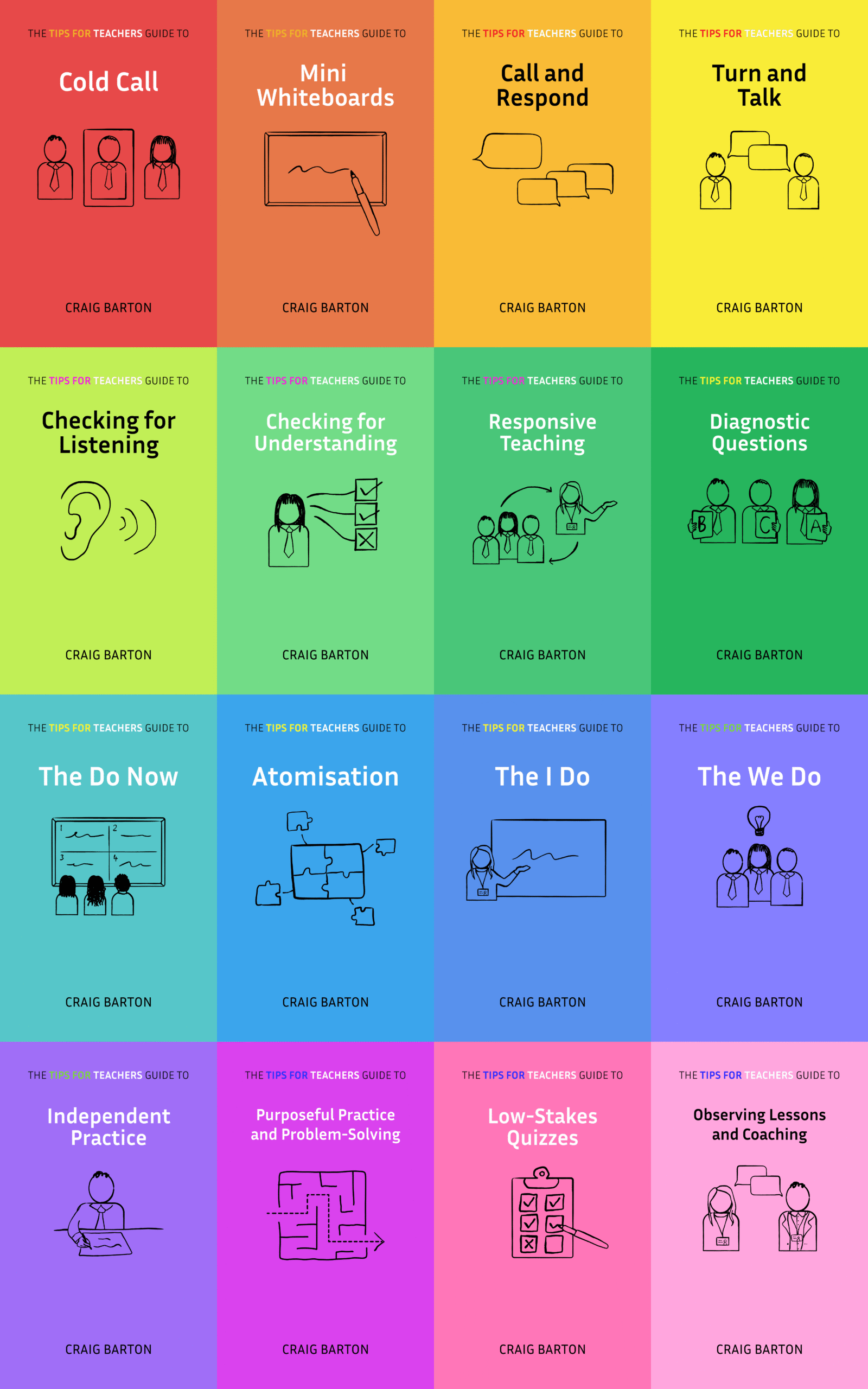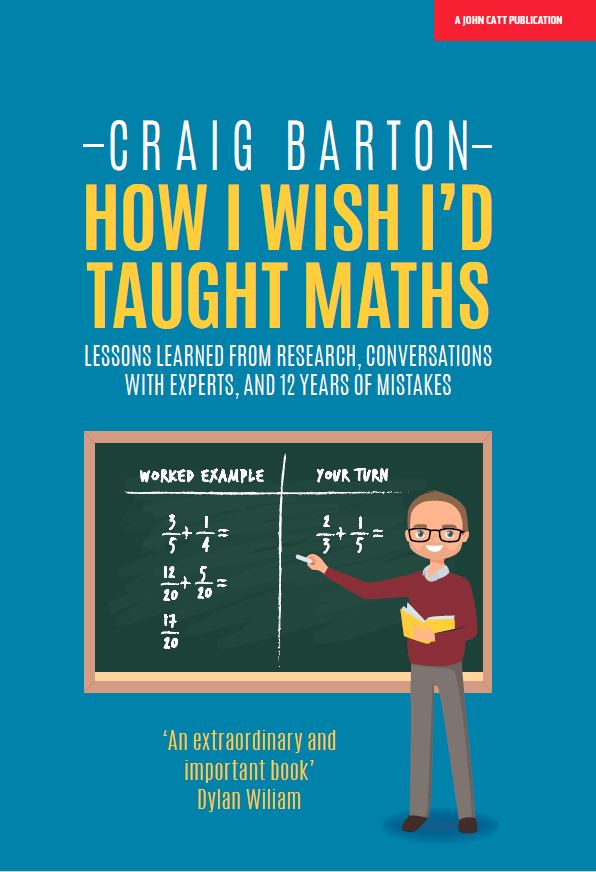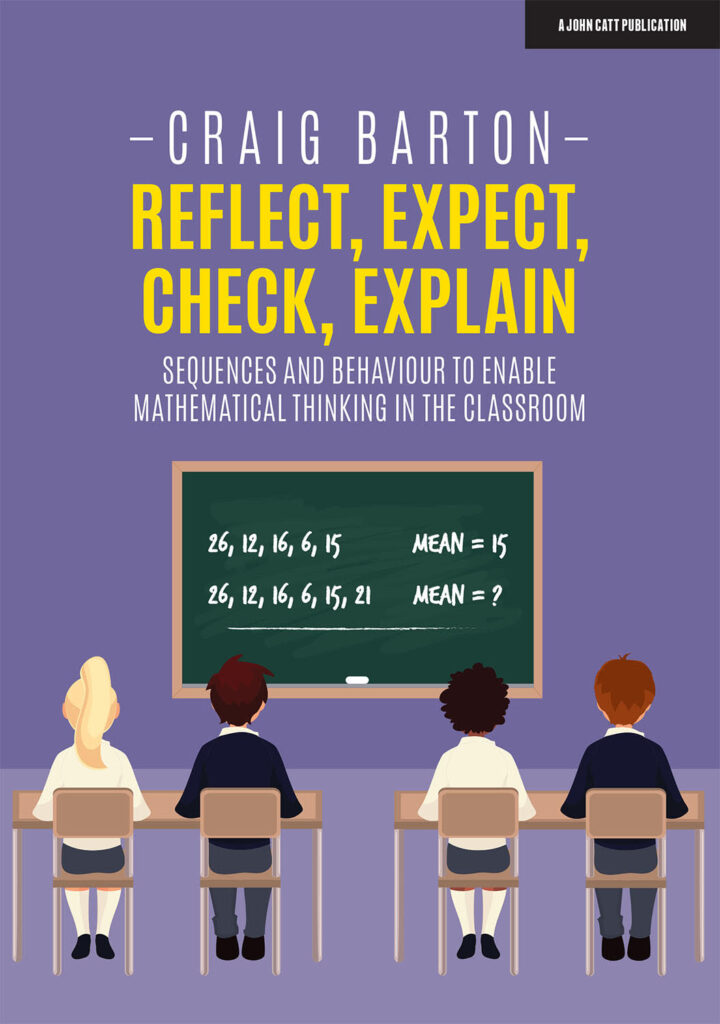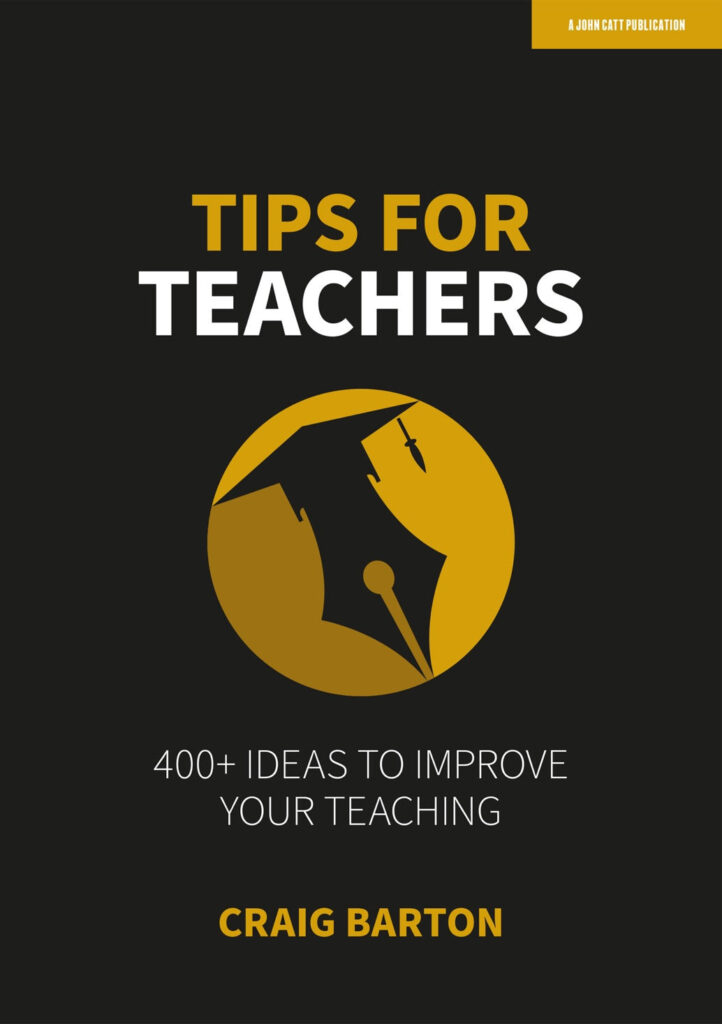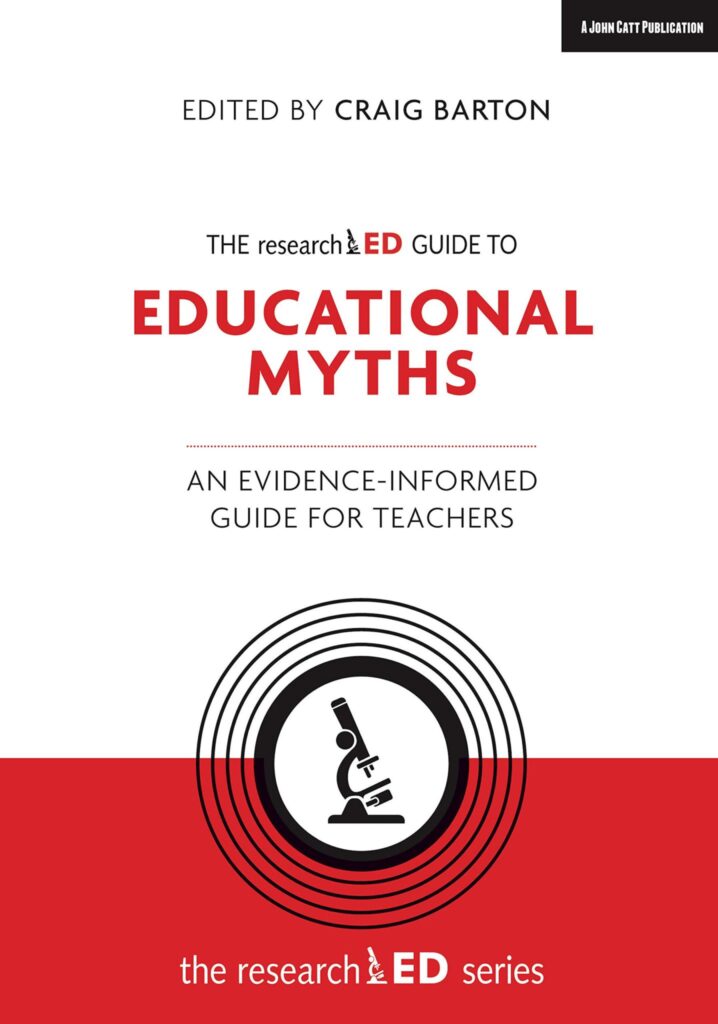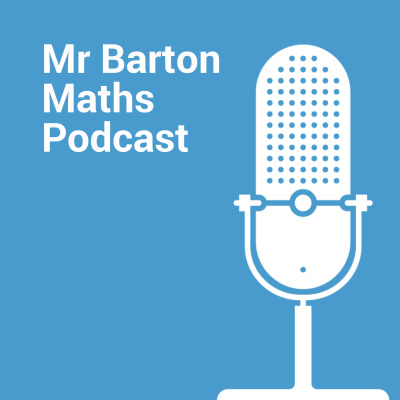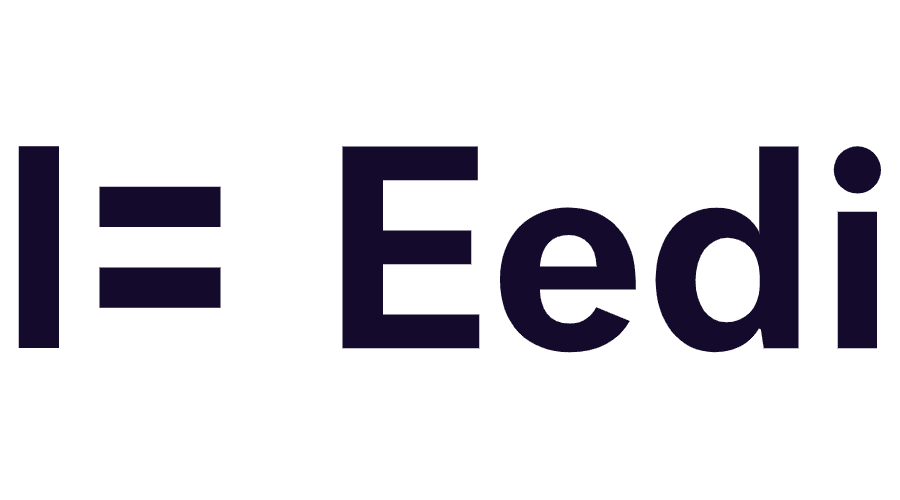
- Title: Embedding formative assessment
- Authors: Wiliam and Leahy
- Access the original paper here
- Listen to a deep-dive podcast:
Paper summary
This excerpt from Embedding Formative Assessment by Wiliam and Leahy outlines five key strategies for effective formative assessment.
Strategy 1 focuses on clarifying learning intentions and success criteria.
Strategy 2 emphasizes engineering effective discussions and activities to elicit evidence of learning.
Strategy 3 details providing feedback that promotes student progress.
Strategy 4 advocates for activating students as learning resources for one another through peer feedback. Finally,
Strategy 5 promotes activating students as owners of their learning through self-assessment and reflection. The text provides practical techniques and cautions for implementing each strategy.
What are the key implications for teachers in the classroom?
The sources highlight some key implications for teachers in the classroom:
- Teachers should clarify, share, and understand learning intentions and success criteria with their students. This means that teachers need to be clear about what they want their students to learn and how they will know if they have been successful.
- Teachers should engineer effective discussions, tasks, and activities that elicit evidence of learning. This means that teachers need to carefully plan their lessons to include activities that will give them information about what their students are learning.
- Teachers should provide feedback that moves learners forward. This means that feedback should be specific, timely, and actionable. It should also be more work for the recipient than the donor.
- Teachers should activate students as learning resources for one another. This means that teachers should encourage students to work together and learn from each other.
- Teachers should activate students as owners of their own learning. This means that teachers should help students develop the skills and motivation to take responsibility for their own learning.
The sources offer a variety of tips and techniques for implementing each of these strategies in the classroom. For example, teachers can use question shells to help students generate questions, hinge questions to assess student understanding, and peer feedback to help students learn from each other.
Additionally, teachers should:
- Plan questions in advance.
- Give students time to think.
- Use all-student response systems.
- Stress that “smart” is not something you are but rather something you get.
- Focus feedback on what’s next, not what’s past.
- Use self-assessments to group students.
- Make self-assessment a routine part of classwork.
By implementing these strategies, teachers can create a more learner-centered classroom where students are actively engaged in their learning and are able to achieve their full potential.
Quote
Only learners create learning. Teachers create environments within which students learn.
